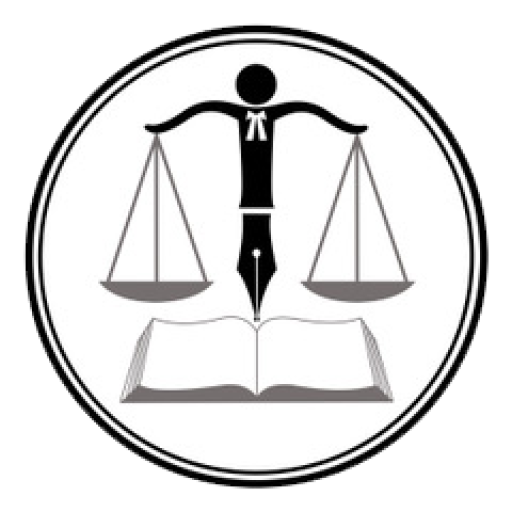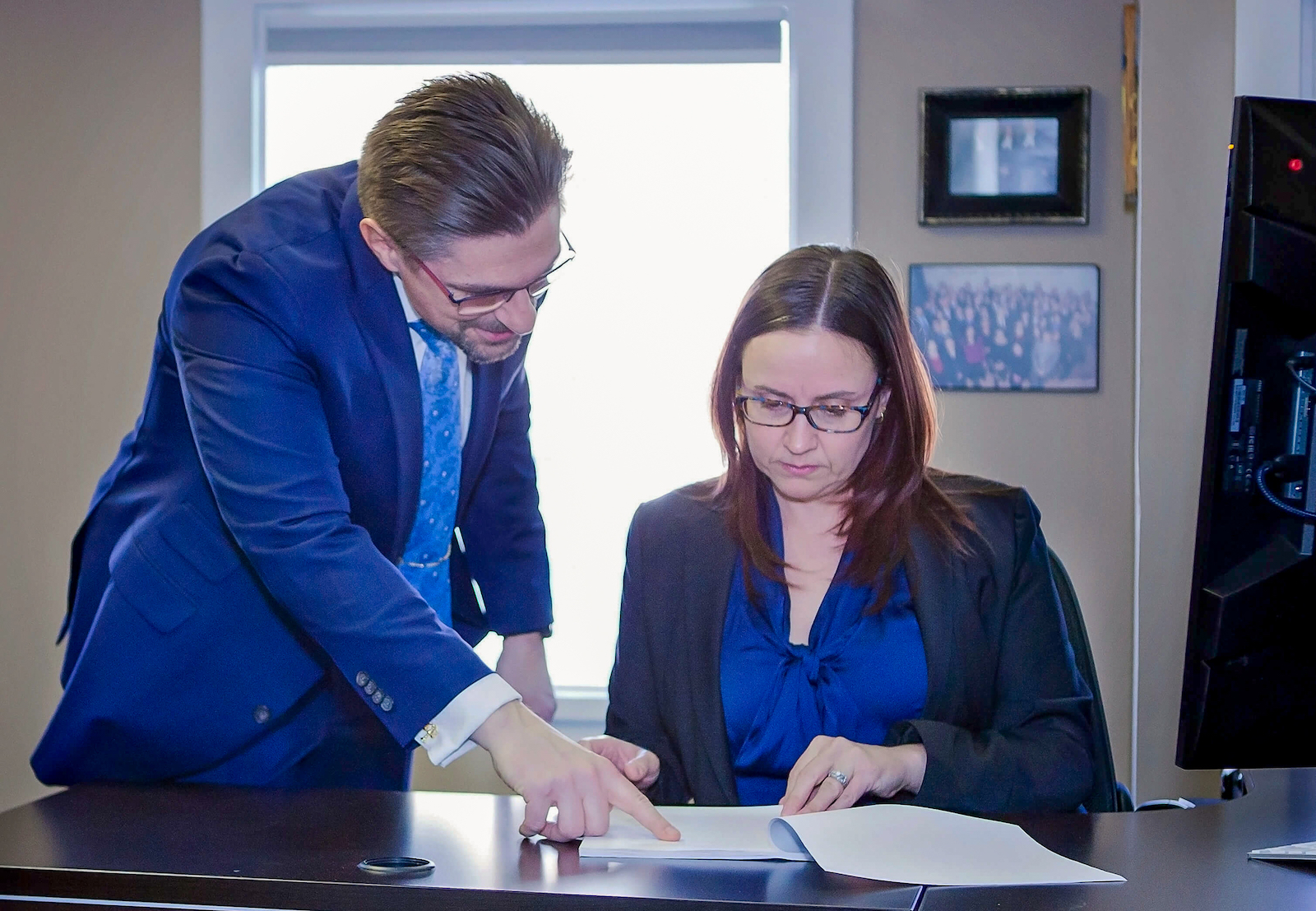This week’s top three summaries: R v PP, 2025 ONCA 243: #arranged marriage, R v Vaughan, 2025 ONSC 1751, s.11(b) under 30, R v Admussen, 2025 ABCJ 49: #counterfeit
R v PP, 2025 ONCA 243
[March 28, 2025] Commons Sense Assumptions by Judges: Arranged Marriage, Freudian Slips [Reasons by I.V.B. Nordheimer J.A. with S. Coroza and J. George JJ.A. concurring.]
AUTHOR’S NOTE: This case serves as a sharp reminder of how “common sense” assumptions and stereotypes can easily slip into legal error:
-
Cultural Stereotyping and Credibility – The trial judge assumed a relationship born of an arranged marriagewas inherently unhappy, which wrongly coloured the credibility assessment. This type of assumption reflects cultural bias and has no evidentiary foundation. As the appellate court recognized, such reasoning undermines the impartiality required in judicial fact-finding and led to an unjust result.
-
Language Barriers and Misinterpretation – The judge interpreted what was likely a language mistake (“slept” vs. “slapped”) as a Freudian slip, despite the accused correcting himself and all parties accepting the correction. The real issue was procedural fairness—the judge never flagged this concern during trial, yet made negative credibility findings based on it in the judgment, effectively ambushing the defence.
Together, these errors resulted in a new trial and underscore key points for both counsel and the bench:
-
Avoid stereotypes and ensure all assumptions are grounded in actual evidence, not generalizations.
-
Respect the adversarial process—if a judge finds something significant in testimony that hasn’t been addressed by the parties, they must raise it before relying on it.
This decision is a valuable authority when pushing back on judicial assumptions and post-hoc credibility determinations that were never put to an accused during trial.
[1] Mr. P. appeals from his convictions on nine counts of assaults, sexual assault, uttering threats, unlawful confinement and attempted extortion. At the conclusion of the hearing, we allowed the appeal, set aside the convictions, and ordered a new trial. I now provide our reasons for that result.
[2] This was a case of alleged intimate partner violence. The appellant, and his wife, the complainant, gave evidence. Their marriage was an arranged one. The two were first introduced to one another by their parents during a video call on August 3, 2014, when the complainant was still in India. As of that meeting, they were engaged. This was all arranged by their parents in advance.
[3] …The complainant said that the appellant was controlling from the beginning and assaulted her frequently. On November 16, 2020, the couple’s son was born. The complainant alleged that the assaultive behaviour by the appellant continued.
[5] The appellant denied the assaultive behaviour. He said that, when the complainant came to Canada, the two were excited to finally live together as husband and wife after approximately a year and a half of marriage. The appellant said that their relationship was strong at this point and there were no arguments
[6] The appellant said that things changed about a year later in 2017, when the complainant’s father started to insert himself into the relationship. The complainant’s father questioned the appellant about his finances. This led to arguments between the appellant and the complainant over finances. These arguments became more intense in 2018 with the complainant eventually moving out after the appellant would not agree to buy a house.
[7] The situation improved between March 2020 and the birth of their child on November 16, 2020. The relationship was happy once again, and the two worked toward starting a family and buying a home. However, following the birth of the child, the appellant says that the complainant suffered from postpartum stress and depression. She grew aggressive and often yelled and threw things at the appellant. Because of these incidents, the appellant decided to move out of the house on February 23, 2021. Because the complainant’s attitude did not change, the appellant decided to seek a divorce.
[8] …Ultimately the trial judge said that she did not believe the appellant’s evidence. It is the reasoning process that led to that conclusion that is at the heart of this appeal.
[10] By way of example, the trial judge said that the appellant’s evidence, that the two were happy in the beginning, sounded “surreal” because they were “basically strangers who had just moved in together”. This conclusion presents two concerns. One is that it does not fit comfortably with the evidence about their relationship given that the couple had been communicating frequently for over a year by that point. More importantly, it is not clear what led the trial judge to conclude that because the two were “basically strangers” they could not have been happy together. It seems that the trial judge was applying some form of underlying assumption about how relationships in the situation of arranged marriages must unfold. Indeed, in a different context, it might appear to be the application of a stereotype.
[11] Trial judges are entitled to make common sense assumptions, but they are not entitled to engage in sweeping generalizations about human conduct. In this case, what appears to be the trial judge’s assumption about how a couple would interrelate in these circumstances was unsubstantiated and unwarranted. As Martin J. said in R. v. Kruk, 2024 SCC 7, 433 C.C.C. (3d) 301, at para. 97:
Although trial judges are clearly best placed to make factual findings and assess the accuracy of generalizations, appellate courts can balance the need for deference to those findings with employing their own common sense to determine whether the presumption was clearly illogical or unwarranted so as to make out a palpable error. [Emphasis in original.] [Emphasis by PJM]
[12] A similar point, which is closer to the situation we have here, was made by this court in R. v. B.G., 2022 ONCA 92, 161 O.R. (3d) 241, where Miller J.A. said, at para. 12: “It is, however, impermissible to invite the trier of fact to adopt a stereotype about cultural practices unsupported by evidence and use it to draw conclusions about a witness’s beliefs or actions.”
[13] Another, and more significant, example arises from the fact that the trial judge twice referred to “Freudian slips” that she said the appellant made during his evidence…
[14] An issue arose during the appellant’s evidence. In responding to a question during his examination in chief, Crown counsel thought the appellant had said, in relation to a particular incident, that he had “slapped” the complainant. In crossexamination, when this was put to the appellant, he denied that he had said that.Instead, he believed that he had said that he had “slept” after the incident. This disagreement led to the appellant’s evidence being interrupted so that the digital recording of the evidence could be played.
[15] Before the recording was played, the trial judge said that she did not recall the appellant saying “slapped”. Defence counsel said that the appellant had said “slept”. After the recording was played, Crown counsel did not resile from his position that the appellant had said “slapped” but he then said that he was prepared to accept that the appellant had corrected himself to say “slept”. Crown counsel went on to say that he understood that English was not the appellant’s first language and that he accepted that the appellant meant slept. [Emphasis by PJM]
[16] The issue was left at that. No further mention was made of it and no submissions were made, at the conclusion of the trial, about it. However, in her reasons, the trial judge says that she had listened to the digital recording while writing her reasons and that she now agreed with Crown counsel that the appellant had said “slapped”. The trial judge then characterized this as the second “Freudian slip” that she relied on as undermining the credibility of the appellant.
[17] It was improper for the trial judge to treat this evidence as she did for two reasons. First, she did not indicate, at the time that the issue arose, that she had heard the appellant say “slapped”. Indeed, as noted above, she said the opposite. The only person who had the view that the appellant said “slapped” was Crown counsel and he eventually agreed that the appellant had corrected it to “slept”. Second, if for some reason the trial judge decided to revisit this issue while the case was under reserve, and then change her mind about what was said, she had an obligation to advise counsel of that fact and permit them to make submissions on the issue before relying on it as a basis for disbelieving the appellant.
18] It is a fundamental principle of criminal law that an accused person has the right to know the case that they must meet and to know the evidence that is to be used against them. This point is made in various cases. For example, in R. v. Al-Fartossy, 2007 ABCA 427, 83 Alta. L.R. (4th) 214, Martin J.A. put the issue this way, at para. 25:
Here the parties addressed what were considered to be the relevant issues in both their evidence and submissions. The trial judge raised a separate ground that could not reasonably have been anticipated by either party based on this factual record. While it may be that the trial judge was correct in her conclusion, it should only have been reached on a full record with the benefit of thoughtful submissions from the parties. Failure to provide the parties opportunity to present full submissions is, by itself, an error in law.
[20] The trial judge did not honour that principle in her handling of this evidence. Indeed, the trial judge placed significance on this evidence that it did not properly bear. In the eyes of the trial judge, it became the equivalent of an admission by the appellant of an assault. That conclusion would have inevitably led the trial judge to reject the rest of the appellant’s evidence, as she did.
[21] The reality, on the other hand, is that defence counsel and the trial judge had both indicated that they did not think the appellant had said that he slapped the complainant. After listening to the audio recording, Crown counsel accepted that whatever ambiguity existed was the result of the appellant’s imperfect English. In these circumstances, it was reasonable for defence counsel to believe the issue had been resolved in the appellant’s favour and that there was no need to engage in any further steps to address it.
[24]…On that point, the trial judge said: “To be clear, during COVID vaccination, when one had an appointment, the request was specifically not to show up more than 10 or 15 minutes before one’s appointment.”
[25] I am prepared to accept that the trial judge might be able to take judicial notice of the protocols that the provincial government had put in place surrounding the COVID vaccination program. Even accepting that step, however, does not inform the trial judge of the actual practice that people engaged in surrounding obtaining vaccinations. There was no basis for the trial judge to reject the appellant’s evidence on the basis of what the provincial government had advised people to do without any evidence as to what people were actually doing
[27] In this case, the trial judge relied on unsupported assumptions about how people involved in an arranged marriage would act; improperly relied on an evidentiary fact that was not established and on which counsel did not have an opportunity to make submissions; and improperly drew conclusions regarding the actions of people based on government COVID protocols for which there was no evidentiary foundation. Whether one characterizes these errors as errors of law (as in the first example) or as palpable and overriding errors of fact (as in the second and third examples), they render the convictions unsafe. [Emphasis by PJM]
[28] It is for these reasons that the appeal was allowed, the convictions set aside, and a new trial ordered






